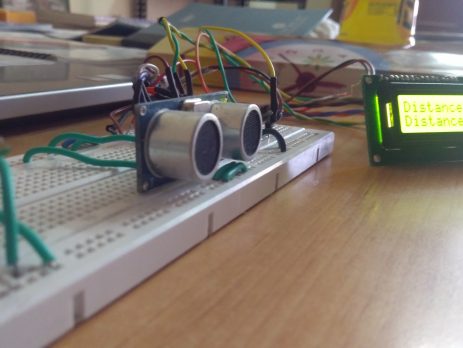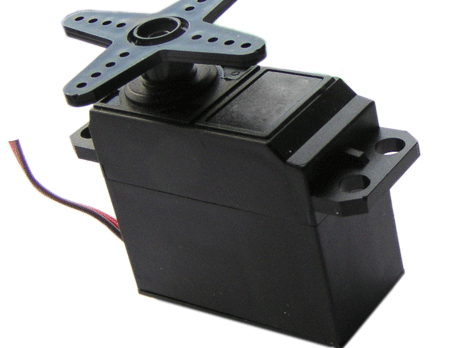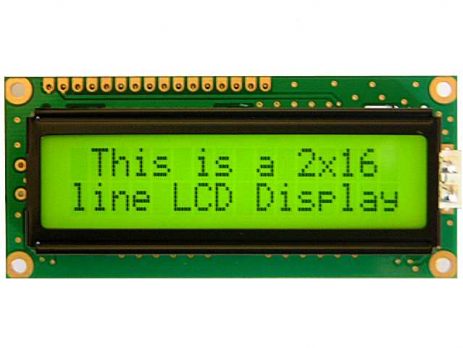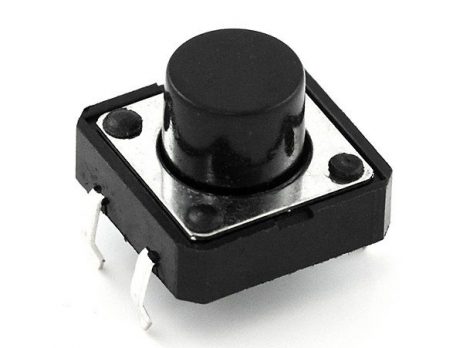Interfacing HC-SR04 Ultrasonic Distance Sensor with ATmega32 Microcontroller
Introduction This project uses an ultrasonic sensor to indicate the distance of any object from it. Here we have made a setup based on a microcontroller in which real time distance is sensed by an ultrasonic sensor and displays measured distance on an LCD display. Required Components ATmega32 Microcontroller HC-SR04 Ultrasonic Distance Sensor 16x2 LCD Display 5V Power Supply Hardware Ultrasonic Distance Locator - Block Diagram Circuit Diagram Ultrasonic Distance Measurer - Circuit Diagram Circuit Description The overall circuit assembled on the breadboard contains three major components...







